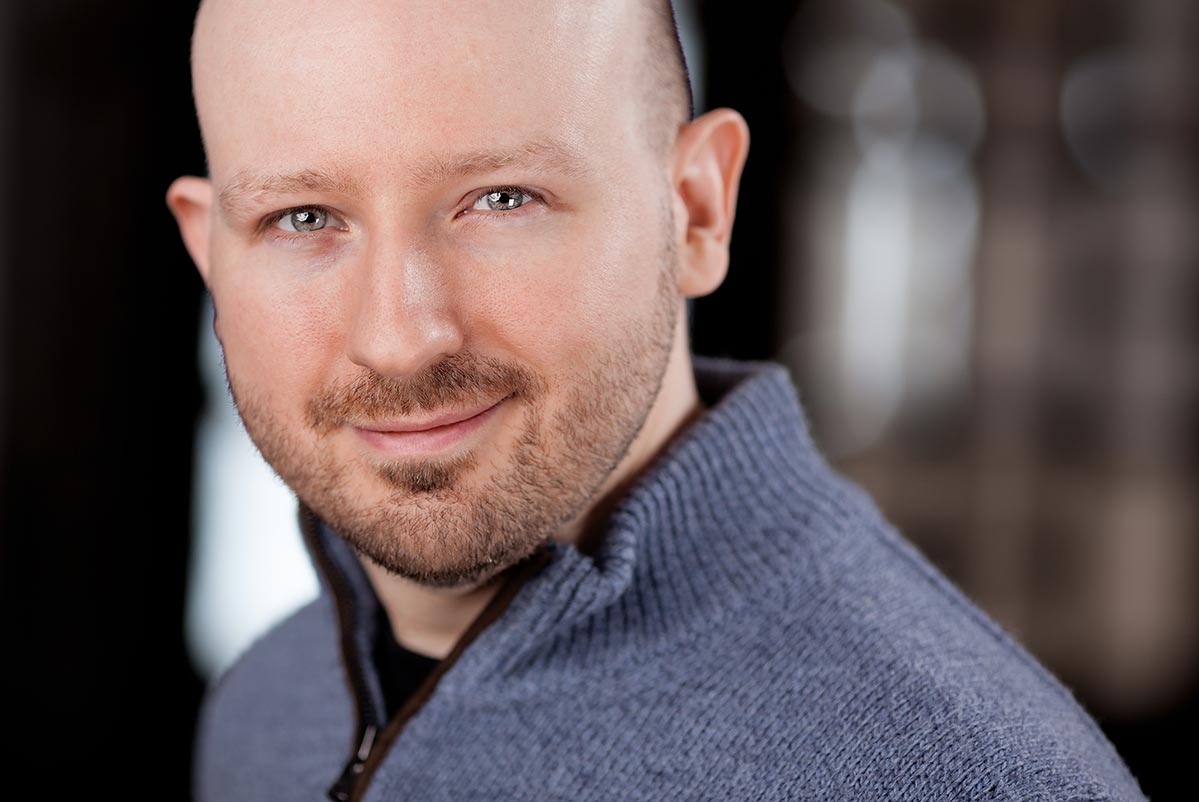
Empowerment is a popular concept in discussions of effective leadership today. Seasoned leaders are often aware of the limits of traditional top-down, predict-and-control methods, and many are actively seeking to facilitate better results and better cultures by empowering their workforce to better use their talents and judgment. But let’s take this a bit further: If you are a leader, imagine empowering not individuals but a process, to which you would also then be subject—no longer above the rule of law. And if you are an employee, imagine taking full leadership and responsibility of your roles, without looking to a parental manager or anyone else to empower you—because you are an autonomous agent of the company, with real power already.
Great leaders aren’t enough
I regularly meet leaders and change agents who are searching for ways to circumvent the limits and unhealthy consequences of today’s corporate environments. Among these pioneers, there’s a predominant view that improving organizations means getting highly developed, wise, conscious leaders in place who empower others—they are effectively seeking to fill the archetypal “parent” role of leaders with “good parents”. No doubt this is a step forward and often a big one, though it comes with a painful irony, as I described in an earlier post: an environment in which people need to be empowered by the good graces of someone else is a fundamentally disempowering environment.
I see deeper leverage in obsoleting the need for this parental leadership paradigm entirely. When a heroic leader genuinely wants to transcend the limits of conventional leadership and feels the pull to empower others, that moment is actually a signpost to a bigger opportunity for change. It highlights the issue of power itself—and the question of where it resides. This question is central to any paradigm shift. Shifts in large collectives of people, whether they be nations or political parties, for-profits or non-profits, are usually tied to shifts in the seat of power or authority.
To move beyond autocratic leaders, and even beyond benevolent leaders who empower others, without falling into what I call the tyranny of consensus, we need a system that empowers everyone. By “system”, I mean a concrete new power structure for the organization, and new processes that hold and distribute authority, rather than leaders who can do so through autocratic decree. Holacracy is one such system, and its “rules of the game” can be woven into the operating structure of the organization—and even into the organization’s legal bylaws once it’s ready for that step, as we have done with HolacracyOne.
Power to the process
When adopted, the Holacracy Constitution takes governance functions that traditionally reside in the leadership of an organization, and places them into processes that are enacted throughout. Thus, Holacracy decouples leadership from the leader. I’m often asked if Holacracy obsoletes the need for leadership, and my answer is no—it distributes leadership. Every member of the organization is called to serve as a leader of their roles, and is given real authority to lead. This system of distributed authority is one of the most radical and transformative aspects of Holacracy’s approach.
Sounds good, but surely the guy at the top is still calling the shots when it comes to the important decisions, right? Well, no. In a company running with Holacracy, most operational decisions are made autocratically—but, because power is distributed, those decisions are made by people at every level of the organization, within their sphere of authority, and there’s no “guy at the top” who has the authority to trump them.
Let me emphasize, however, that distributing authority is not just a matter of taking power out of the hands of the leader and giving it to someone else, or even to many others. The shift here is more fundamental. The seat of power moves from the person at the top to a process. Holacracy governance meetings—which occur in every team from top to bottom—have tangible rules with clear outputs, which rule supreme. Like a constitutionally empowered congress defining laws that not even a president can trump, the Holacracy Constitution defines the seat of authority for the organization as resting in a legislative process, not an autocratic ruler. It doesn’t remove the integrative and alignment-generating functions of a leader, it just places them into a process.
Gaining or losing authority is tough
When this begins to occur in the companies I’ve worked with, it comes as a revelation and a challenge for everyone involved. The workers realize that they are no longer just employees following orders. They have real power and authority. And with it comes real responsibility, often felt intrinsically—they no longer have a manager-parent to solve their problems. The managers, on the other hand, often feel liberated from the burden of everyone else’s problems, but they have to deal with giving over some authority and control as well.
Both will wrestle with the challenge of moving from the familiar archetypes of the parent-child dynamic, so common today, to the adult-to-adult dynamic evoked by Holacracy. Yet once the transition is made, each will hold the power and responsibility to be a good leader of his or her roles, and simultaneously a good follower of others acting in their roles—all in service of the organization’s purpose. And with a constitutional process to integrate and align these semi-autonomous roles, the need for managers doing so as feudal lords eventually dies out, simply obsolete.
Empowerment is dead; long live empowerment.
To learn more about self-management, join a community of pioneers and check out our e-learning suite → Self-Management Accelerator

